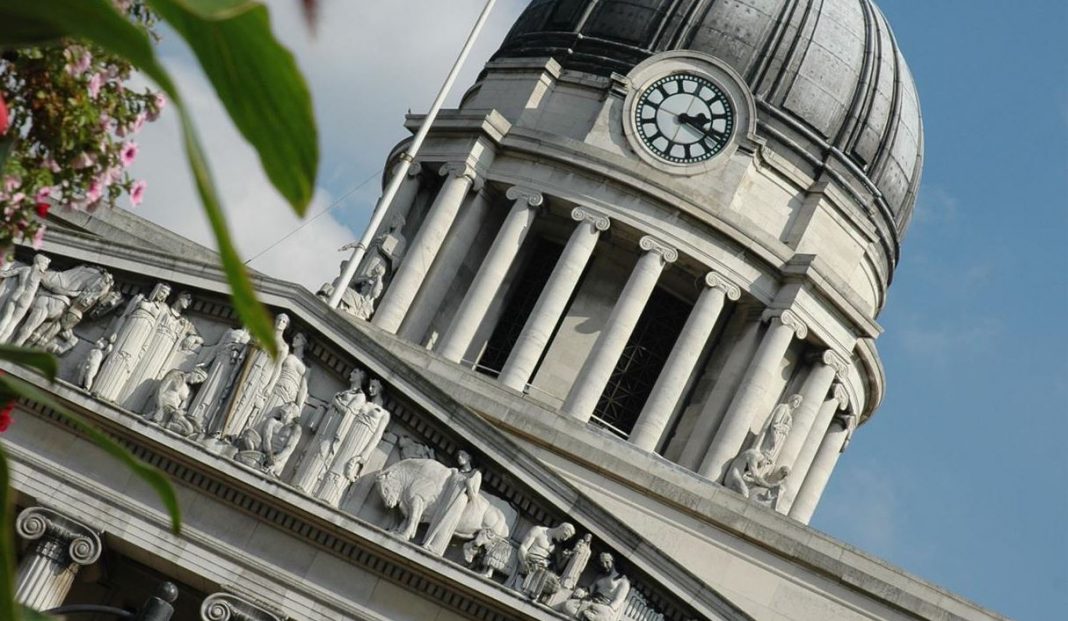Nottingham’s Council House clock has been restored for the first time in nearly half a century, bringing the famous timepiece back to its best for generations to come.
The clock has undergone a complete refurbishment, involving the careful dismantling, inspection, repair and reassembly of 1,195 individual parts.
The complex restoration, carried out by clock specialists under the direction of Nottingham City Council’s Property team, involved months of detailed engineering and craftsmanship.
Among the key works were repairs to cracked quarter chiming levers and re-machining of worn gears to ensure smooth operation of the quarter chimes and hour strike. Refurbishment of the gearbox was also completed, including new bearings, oil seals and a full repaint after being stripped back to bare metal.
The electrical and motor systems were additionally overhauled, with new earthing, cleaned and regreased bearings, and upgraded three-phase power supplies for improved reliability. Work further involved detailed restoration of the bell mechanisms, with the four quarter bells rotated 180° to present fresh striking surfaces, new crown pads installed, and worn parts replaced or lubricated.
Importantly, work on Little John (the largest of the bells) uncovered corrosion around one of the massive bolts securing it in place. Engineers replaced all six bolts with new galvanised ones, preventing potential cracking of the bell in future and preserving one of Nottingham’s most famous sounds.
The clock room has also been fully cleaned, redecorated, and upgraded, including new heaters and lighting. The centre cross of the dial has received a first layer of gilding, with a final coat to follow once the weather improves.
Councillor Jay Hayes, executive member for housing and planning, said: “Little John and the Council House clock are a proud part of Nottingham’s skyline and our city’s identity. This restoration ensures the clock will continue to chime reliably for another hundred years and beyond. Huge thanks go to the skilled engineers and our in-house teams who’ve brought this historic mechanism back to life.”



